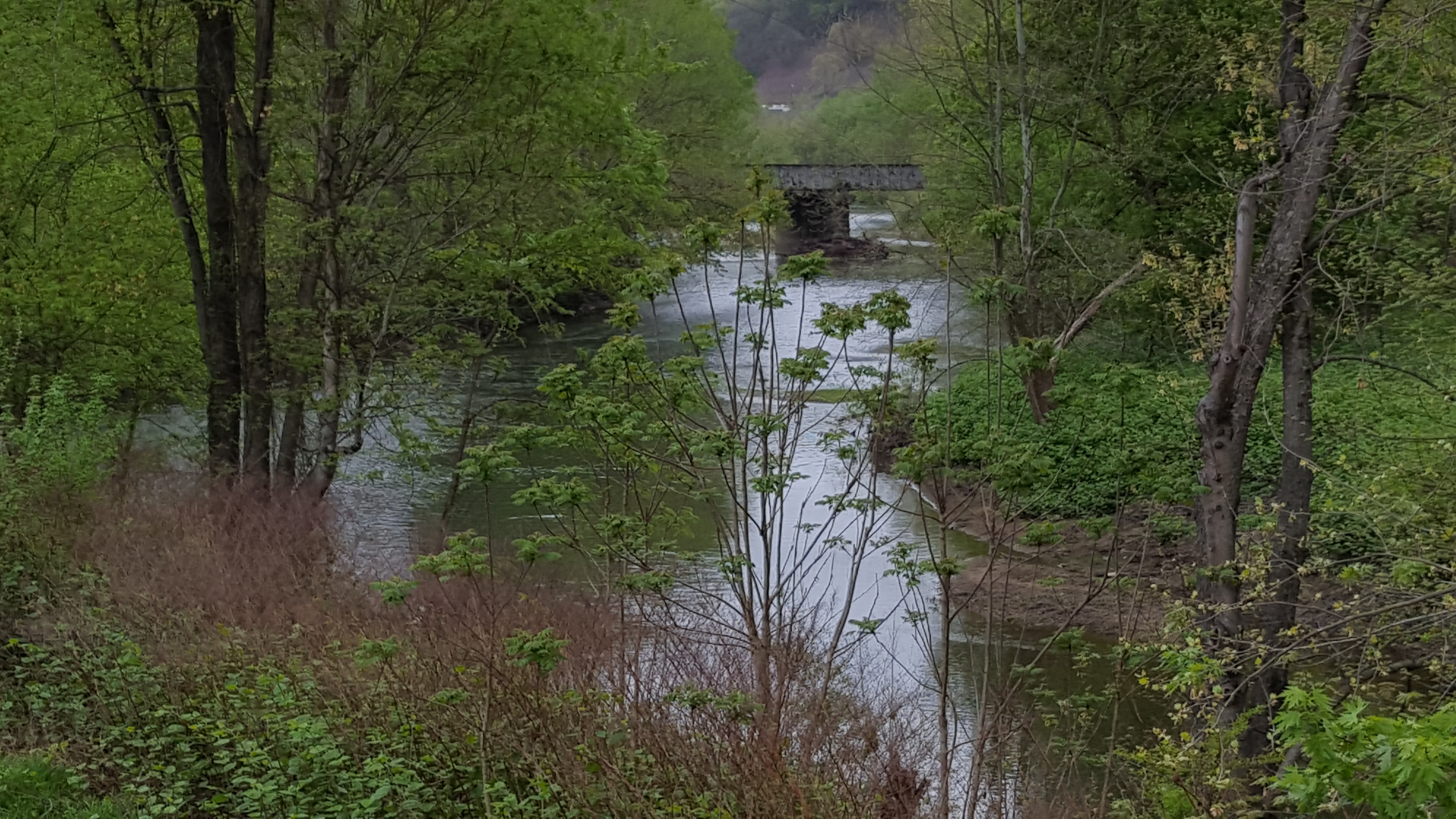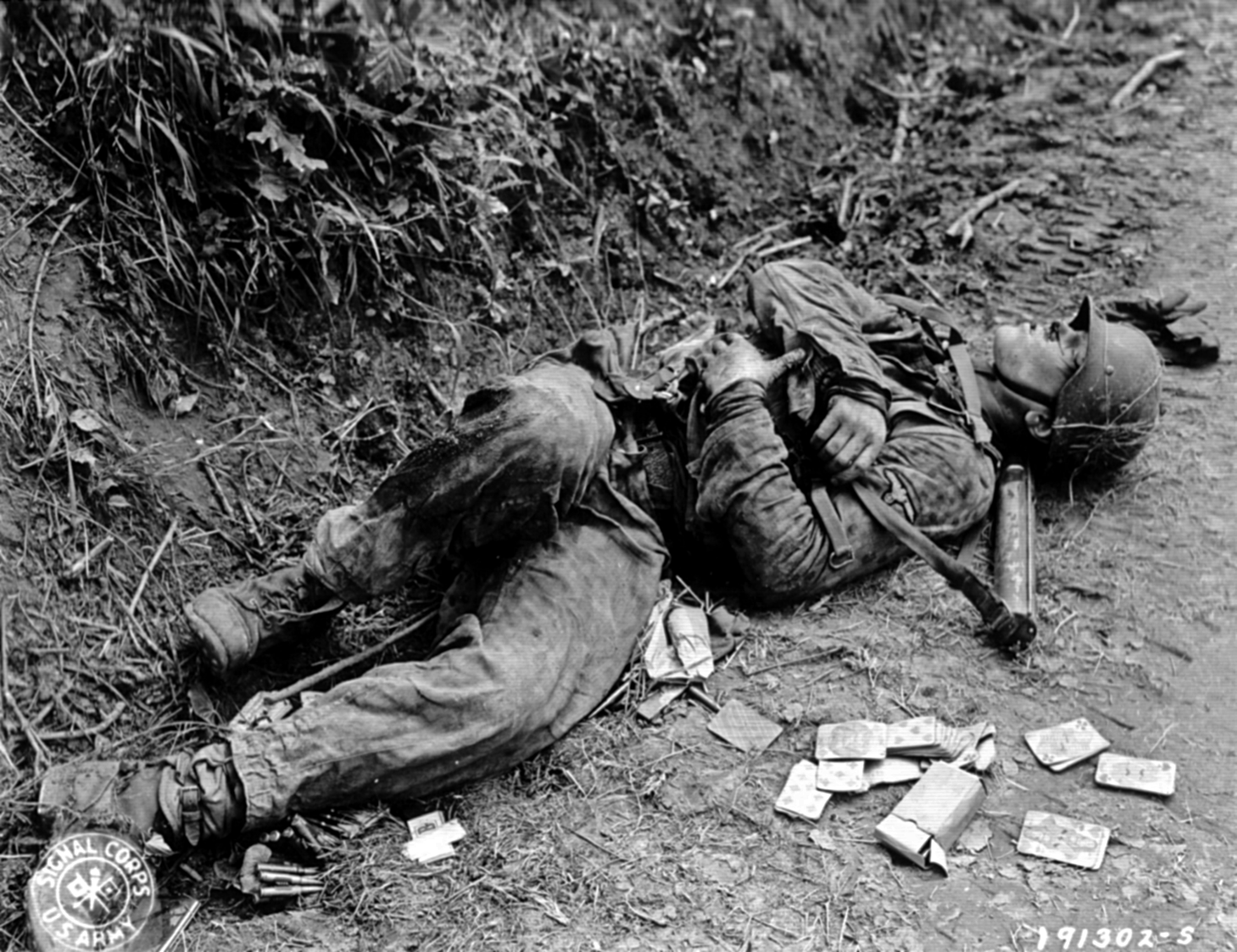|
Battle Of Shiloh
The Battle of Shiloh (also known as the Battle of Pittsburg Landing) was fought on April 6–7, 1862, in the American Civil War. The fighting took place in southwestern Tennessee, which was part of the war's Western Theater. The battlefield is located between a church named Shiloh and Pittsburg Landing, which is on the Tennessee River. Two Union armies combined to defeat the Confederate Army of Mississippi. Major General Ulysses S. Grant was the Union commander, while General Albert Sidney Johnston was the Confederate commander. The Confederate army hoped to defeat Grant's Army of the Tennessee before it could be reinforced and resupplied. Although it made considerable gains with a surprise attack during the first day of the battle, Johnston was mortally wounded and Grant's army was not eliminated. Overnight, Grant's Army of the Tennessee was reinforced by one of its divisions stationed farther north, and it was also joined by portions of the Army of the Ohio. This sec ... [...More Info...] [...Related Items...] OR: [Wikipedia] [Google] [Baidu] |
Tennessee River
The Tennessee River is the largest tributary of the Ohio River. It is approximately long and is located in the southeastern United States in the Tennessee Valley. The river was once popularly known as the Cherokee River, among other names, as the Cherokee people had their homelands along its banks, especially in what are now East Tennessee and northern Alabama. Additionally, its tributary, the Little Tennessee River, flows into it from Western North Carolina and northeastern Georgia, where the river also was bordered by numerous Cherokee towns. Its current name is derived from the Cherokee town, ''Tanasi'', which was located on the Tennessee side of the Appalachian Mountains. Course The Tennessee River is formed at the confluence of the Holston and French Broad rivers in present-day Knoxville, Tennessee. From Knoxville, it flows southwest through East Tennessee into Chattanooga before crossing into Alabama. It travels through the Huntsville and Decatur area befor ... [...More Info...] [...Related Items...] OR: [Wikipedia] [Google] [Baidu] |
Union Navy
The Union Navy was the United States Navy (USN) during the American Civil War, when it fought the Confederate States Navy (CSN). The term is sometimes used carelessly to include vessels of war used on the rivers of the interior while they were under the control of the United States Army, also called the Union Army. Wartime missions The primary missions of the Union Navy were: :1. Maintain the blockade of Confederate ports by restraining all blockade runners; declared by President Lincoln on April 19, 1861, and continued until the end of the Rebellion. :2. Meet in combat the war vessels of the CSN. :3. Carry the war to places in the seceded states that were inaccessible to the Union Army, but could be reached by water. :4. Support the Army by providing both gunfire support and rapid transport and communications on the rivers of the interior. Administrative organization The system of naval bureaus was revised in the summer of 1862. Some of the older bureaus were rearranged or had ... [...More Info...] [...Related Items...] OR: [Wikipedia] [Google] [Baidu] |
Gunpowder
Gunpowder, also commonly known as black powder to distinguish it from modern smokeless powder, is the earliest known chemical explosive. It consists of a mixture of sulfur, carbon (in the form of charcoal) and potassium nitrate (saltpeter). The sulfur and carbon act as fuels while the saltpeter is an oxidizer. Gunpowder has been widely used as a propellant in firearms, artillery, rocketry, and pyrotechnics, including use as a blasting agent for explosives in quarrying, mining, building pipelines and road building. Gunpowder is classified as a low explosive because of its relatively slow decomposition rate and consequently low brisance. Low explosives deflagrate (i.e., burn at subsonic speeds), whereas high explosives detonate, producing a supersonic shockwave. Ignition of gunpowder packed behind a projectile generates enough pressure to force the shot from the muzzle at high speed, but usually not enough force to rupture the gun barrel. It thus makes a good propellant but is ... [...More Info...] [...Related Items...] OR: [Wikipedia] [Google] [Baidu] |
Ironworks
An ironworks or iron works is an industrial plant where iron is smelted and where heavy iron and steel products are made. The term is both singular and plural, i.e. the singular of ''ironworks'' is ''ironworks''. Ironworks succeeded bloomeries when blast furnaces replaced former methods. An integrated ironworks in the 19th century usually included one or more blast furnaces and a number of puddling furnaces or a foundry with or without other kinds of ironworks. After the invention of the Bessemer process, converters became widespread, and the appellation steelworks replaced ironworks. The processes carried at ironworks are usually described as ferrous metallurgy, but the term siderurgy is also occasionally used. This is derived from the Greek words ''sideros'' - iron and ''ergon'' or ''ergos'' - work. This is an unusual term in English, and it is best regarded as an anglicisation of a term used in French, Spanish, and other Romance languages. Historically, it is com ... [...More Info...] [...Related Items...] OR: [Wikipedia] [Google] [Baidu] |
Nashville, Tennessee
Nashville is the capital city of the U.S. state of Tennessee and the seat of Davidson County. With a population of 689,447 at the 2020 U.S. census, Nashville is the most populous city in the state, 21st most-populous city in the U.S., and the fourth most populous city in the southeastern U.S. Located on the Cumberland River, the city is the center of the Nashville metropolitan area, which is one of the fastest growing in the nation. Named for Francis Nash, a general of the Continental Army during the American Revolutionary War, the city was founded in 1779. The city grew quickly due to its strategic location as a port on the Cumberland River and, in the 19th century, a railroad center. Nashville seceded with Tennessee during the American Civil War; in 1862 it was the first state capital in the Confederacy to be taken by Union forces. After the war, the city reclaimed its position and developed a manufacturing base. Since 1963, Nashville has had a consolidated city-co ... [...More Info...] [...Related Items...] OR: [Wikipedia] [Google] [Baidu] |
Cumberland River
The Cumberland River is a major waterway of the Southern United States. The U.S. Geological Survey. National Hydrography Dataset high-resolution flowline dataThe National Map, accessed June 8, 2011 river drains almost of southern Kentucky and north-central Tennessee. The river flows generally west from a source in the Appalachian Mountains to its confluence with the Ohio River near Paducah, Kentucky, and the mouth of the Tennessee River. Major tributaries include the Obey, Caney Fork, Stones, and Red rivers. Although the Cumberland River basin is predominantly rural, there are also some large cities on the river, including Nashville and Clarksville, both in Tennessee. Also, the river system has been extensively altered for flood control. Major dams impound areas of both the main stem and many of its important tributaries. Geography Its headwaters are three separate forks that begin in Kentucky and converge in Baxter, KY, located in Harlan County. Martin's Fork starts ... [...More Info...] [...Related Items...] OR: [Wikipedia] [Google] [Baidu] |
Battle Of Fort Donelson
The Battle of Fort Donelson was fought from February 11–16, 1862, in the Western Theater of the American Civil War. The Union capture of the Confederate fort near the Tennessee–Kentucky border opened the Cumberland River, an important avenue for the invasion of the South. The Union's success also elevated Brig. Gen. Ulysses S. Grant from an obscure and largely unproven leader to the rank of major general, and earned him the nickname of "Unconditional Surrender" Grant. Following his capture of Fort Henry on February 6, Grant moved his army (later to become the Union's Army of the Tennessee) overland to Fort Donelson, from February 11 to 13, and conducted several small probing attacks. On February 14, Union gunboats under Flag Officer Andrew H. Foote attempted to reduce the fort with gunfire, but were forced to withdraw after sustaining heavy damage from the fort's water batteries. On February 15, with the fort surrounded, the Confederates, commanded by Brig. Gen. J ... [...More Info...] [...Related Items...] OR: [Wikipedia] [Google] [Baidu] |
Battle Of Fort Henry
The Battle of Fort Henry was fought on February 6, 1862, in Stewart County, Tennessee, during the American Civil War. It was the first important victory for the Union and Brig. Gen. Ulysses S. Grant in the Western Theater. On February 4 and 5, Grant landed two divisions just north of Fort Henry on the Tennessee River. (The troops serving under Grant were the nucleus of the Union's successful Army of the Tennessee, although that name was not yet in use.) Grant's plan was to advance upon the fort on February 6 while it was being simultaneously attacked by Union gunboats commanded by Flag Officer Andrew Hull Foote. A combination of accurate and effective naval gunfire, heavy rain, and the poor siting of the fort, nearly inundated by rising river waters, caused its commander, Brig. Gen. Lloyd Tilghman, to surrender to Foote before the Union Army arrived. The surrender of Fort Henry opened the Tennessee River to Union traffic south of the Alabama border. In the days followin ... [...More Info...] [...Related Items...] OR: [Wikipedia] [Google] [Baidu] |
Casualty (person)
A casualty, as a term in military usage, is a person in military service, combatant or non-combatant, who becomes unavailable for duty due to any of several circumstances, including death, injury, illness, capture or desertion. In civilian usage, a casualty is a person who is killed, wounded or incapacitated by some event; the term is usually used to describe multiple deaths and injuries due to violent incidents or disasters. It is sometimes misunderstood to mean " fatalities", but non-fatal injuries are also casualties. Military usage In military usage, a ' is a person in service killed in action, killed by disease, diseased, disabled by injuries, disabled by psychological trauma, captured, deserted, or missing, but not someone who sustains injuries which do not prevent them from fighting. Any casualty is no longer available for the immediate battle or campaign, the major consideration in combat; the number of casualties is simply the number of members of a unit who are ... [...More Info...] [...Related Items...] OR: [Wikipedia] [Google] [Baidu] |
General (CSA)
The general officers of the Confederate States Army (CSA) were the senior military leaders of the Confederacy during the American Civil War of 1861–1865. They were often former officers from the United States Army (the regular army) prior to the Civil War, while others were given the rank based on merit or when necessity demanded. Most Confederate generals needed confirmation from the Confederate Congress, much like prospective generals in the modern U.S. armed forces. Like all of the Confederacy's military forces, these generals answered to their civilian leadership, in particular Jefferson Davis, the South's president and therefore commander-in-chief of the Army, Navy, and the Marines of the Confederate States. History Much of the design of the Confederate States Army was based on the structure and customs of the U.S. Army when the Confederate Congress established their War Department on February 21, 1861.Eicher, p. 23. The Confederate Army was composed of three parts; ... [...More Info...] [...Related Items...] OR: [Wikipedia] [Google] [Baidu] |







